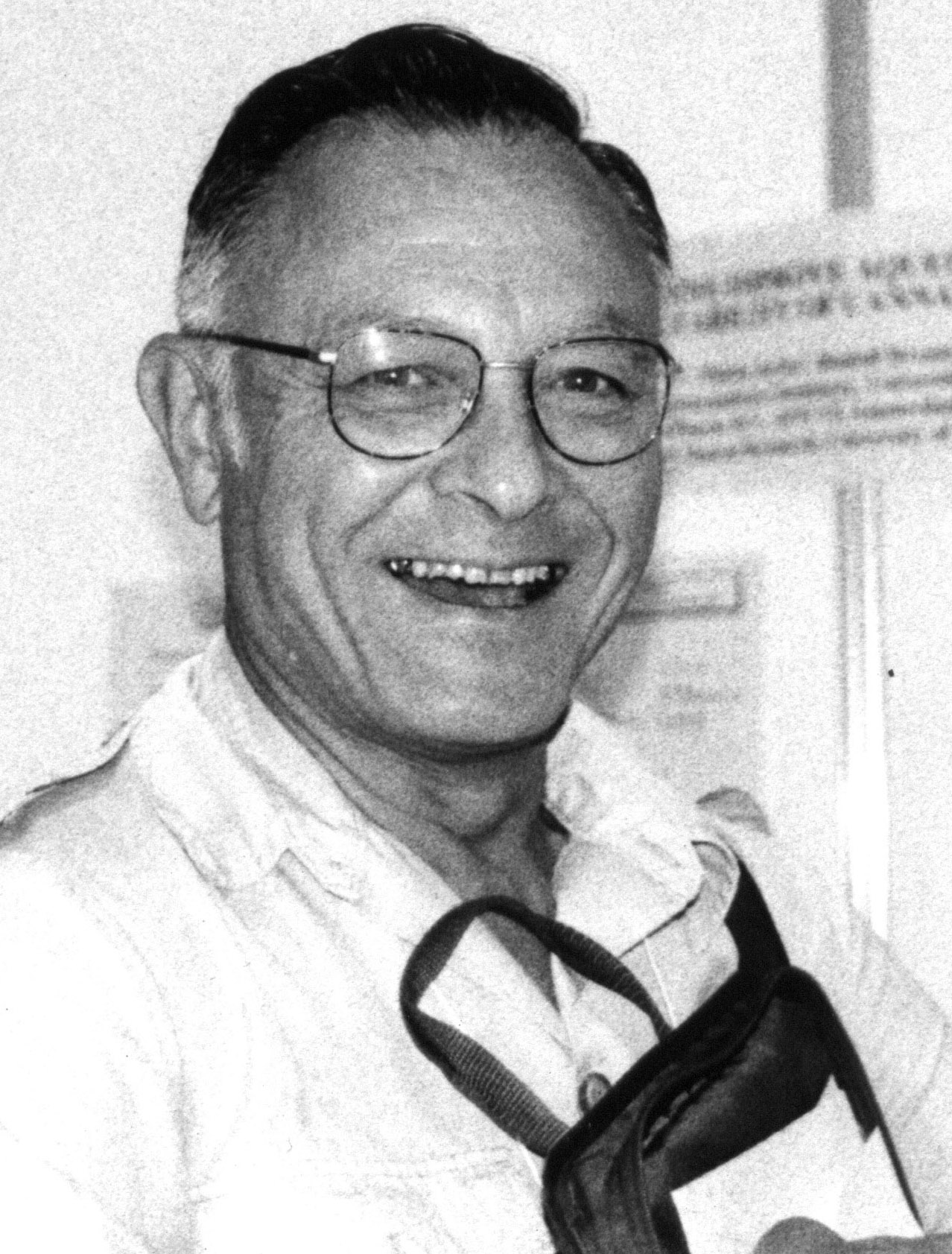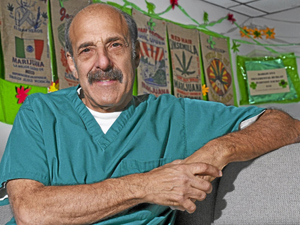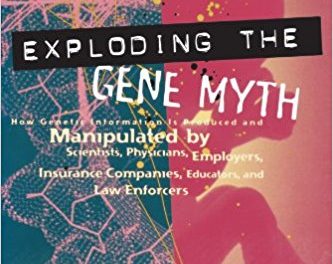MJ Use Before Acute MI Lowers In-hospital Mortality Risk
Dr. Joe D. Goldstrich forwards this Medscape report by Deborah Brauser:
CHICAGO, IL — Although marijuana use before an acute MI doesn’t improve overall outcomes post-MI (the primary composite end point), it may be associated with improvement in several components, such as in-hospital mortality, new research suggests.
In a poster presented here at the American College of Cardiology (ACC) 2016 Scientific Sessions, investigators analyzed the records of more than one million hospitalized patients, including more than 3800 who reported recent marijuana use at admission.
After adjustment for age, race, and known cardiac risk factors, there was no significant association between marijuana use beforehand and the composite outcome, which included death, cardiac arrest, shock, mechanical ventilation, or intra-aortic balloon pump (IABP) placement, after patients experienced an MI.
However, the adjusted odds ratio (OR) for in-hospital mortality was 0.83 for the marijuana group vs those who did not use the substance (95% CI 0.7–1.0, P=0.045). And there were significantly lower risks for IABP placement (OR 0.80, P=0.03) and shock (OR 0.74, P=0.001).
On the other hand, the marijuana group had a significantly increased risk for mechanical ventilation post-MI vs the nonusers (OR 1.19; 95% CI 1.06–1.34; P=0.004).
Lead author, medical student Cecelia P Johnson-Sasso (University of Colorado, Denver), noted that the data aren’t saying that marijuana is causing events, and they don’t yet know the mechanism behind “what appears to be prevention from death.”
She also stressed to heartwire from Medscape that the investigators aren’t advocating marijuana use. “More basic science and clinical research are definitely needed. We can’t yet make recommendations, but I’d say to keep this information in mind as more research is being done.”
“We already know that marijuana helps with pain and cataracts,” Dr Andrew Freeman (National Jewish Health, Denver, CO) said to heartwire . “And this interesting poster suggests that we should be looking deeper into it, just as we should with any drug.”
Freeman, who was not involved with this research, noted that the one adverse event was an issue with the lungs. “This suggests that the theory that the smoke is more damaging is probably the real deal. And we need to be very cautious about that.”
Further Research Needed
Johnson-Sasso said that because the use of marijuana is increasing in the US, they wanted to assess how that was affecting CV outcomes in patients coming into hospitals while on the substance.
The investigators examined health records from eight state agencies for 1,273,897 adult patients between the ages of 19 and 69 years who were hospitalized for MI between 1994 and 2013.
Secondary end points included components of the primary composite outcome, as well as coronary angiography—which showed no between-group risk differences (OR 0.97). PCI was another secondary end point, but it was significantly less likely to be needed by those who reported prior marijuana use (OR 0.72, 95% CI 0.66–0.78, P<0.001).
Finally, “marijuana use may be associated with increased risk of polysubstance use,” said Johnson-Sasso. This included 61% of the marijuana group vs 19% of the control group reporting use of tobacco and 22% vs 0%, respectively, reporting use of cocaine/methamphetamine.
If independent study can confirm these findings, “further investigation into the possible therapeutic benefit of CB-receptor agonists in MI may be warranted,” she said.
“No Firm Conclusions”
“I think what this paper really highlights is that there’s probably a lot we don’t know about mechanisms. And there are a lot of issues with the study,” Freeman said to heartwire , including that doses weren’t reported, there were many confounders, and there wasn’t a clear measure of serum levels. “These are the things you’d need to prove that a drug did or did not do something. So I wouldn’t draw any firm conclusions.”
That said, “it was interesting positive and negative information, nonetheless,” said Freeman. He added that he tells his patients there in Colorado, where marijuana is legal for all adults over the age of 21, that the substance itself is probably not harmful.
“We don’t know for certain, and I certainly don’t condone it, but it’s probably the smoke that’s a lot more harmful than the marijuana itself,” he said. “So I usually advise my patients that if they must use marijuana to consider having it in tea or a tincture.”
He concluded by saying that marijuana deserves to be given the same respect as any other drug. “We don’t know all of its uses and it raises the question: how is it affecting the heart?” As for the study, “no firm conclusions could even be posited at this point. But it sets the stage for further research,” said Freeman.
The study authors and Freeman report no relevant financial disclosures.




